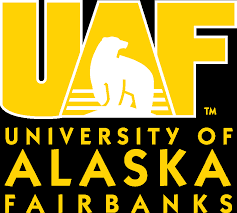
University of Alaska - Fairbanks
Also known as: UAF

Also known as: UAF
At the University of Alaska Fairbanks (UAF), salary expectations for faculty and staff are typically determined by a combination of role, academic rank, years of experience, and field of expertise. Salaries often vary significantly between disciplines, with STEM fields generally commanding higher compensation due to market demand. UAF, as a public institution, adheres to state guidelines for salary structures, and while some salary data may be accessible through public records, the university does not widely publish transparent, detailed salary bands for all positions. Employees are often compensated based on collective bargaining agreements for unionized roles or standardized pay scales for administrative positions.
Salaries at UAF are generally competitive within the context of public universities in Alaska, though they may lag behind private institutions or universities in more urbanized states due to regional cost-of-living differences and budget constraints. Progression often depends on performance evaluations, tenure achievement, and available funding, with periodic adjustments based on state budgets or union negotiations. As a public sector employer, UAF benchmarks its salaries against other state institutions, though comprehensive, up-to-date data for all roles is not always publicly available. Employees may also benefit from state-specific perks, such as retirement plans, which can enhance overall compensation packages.